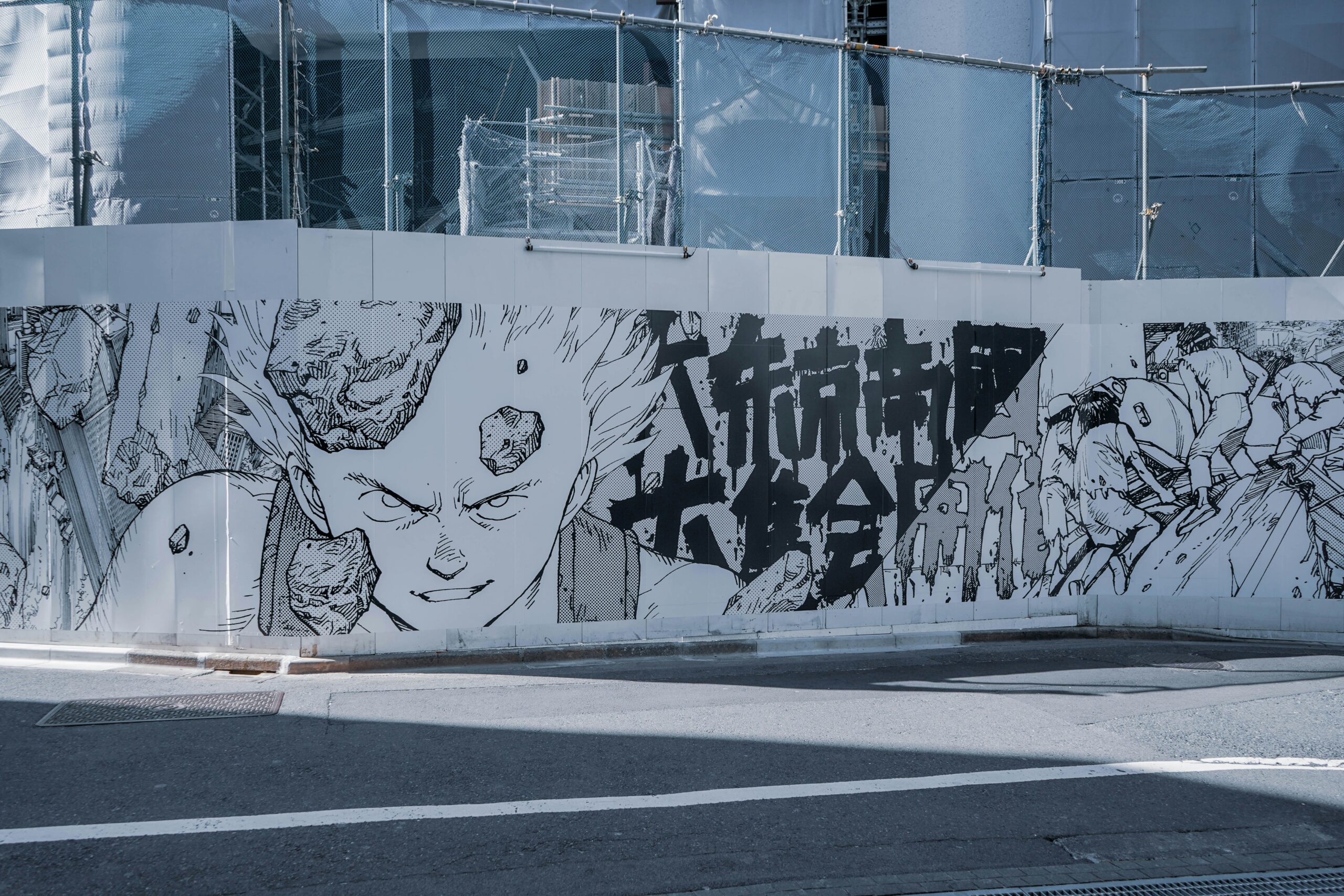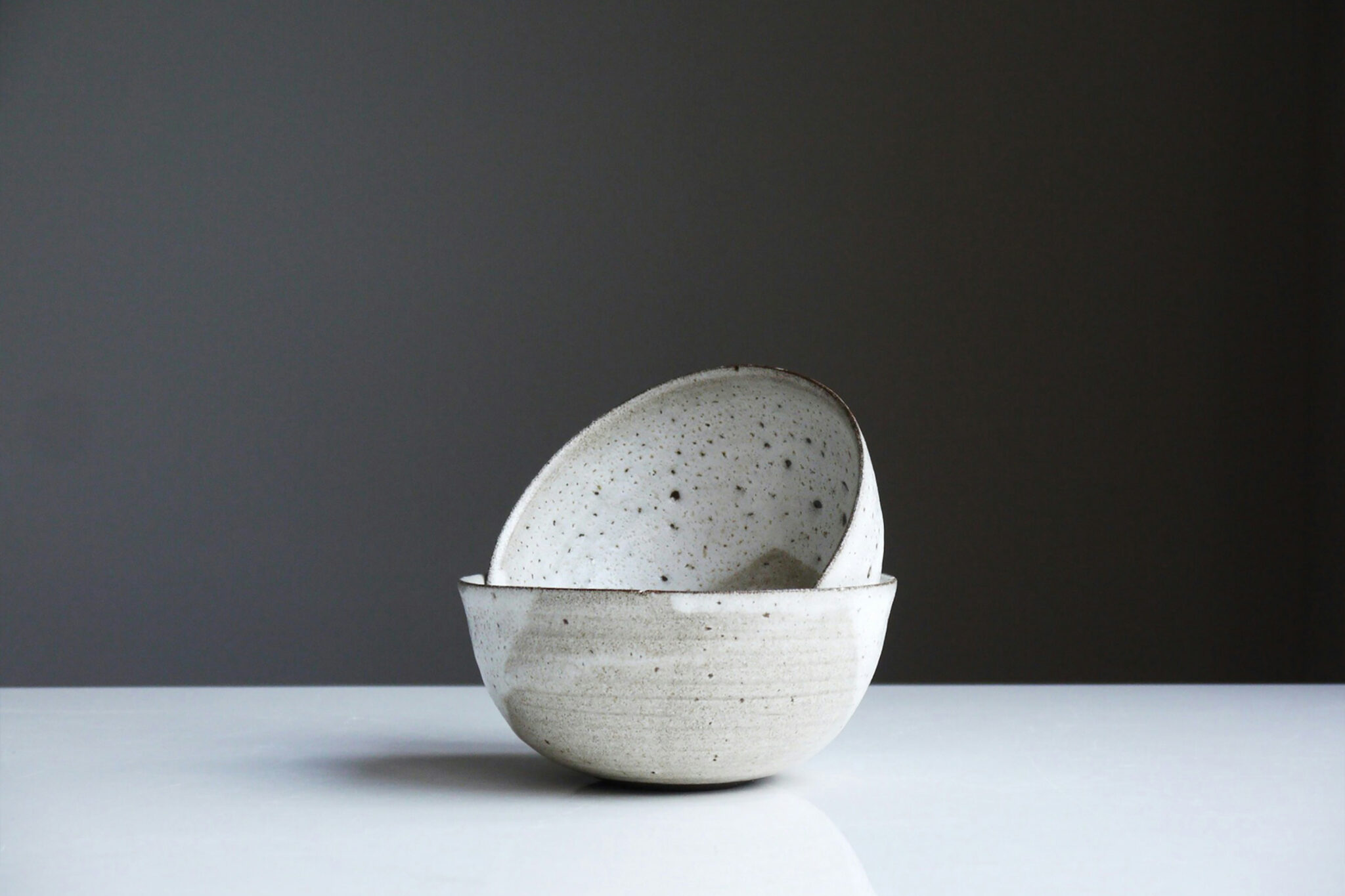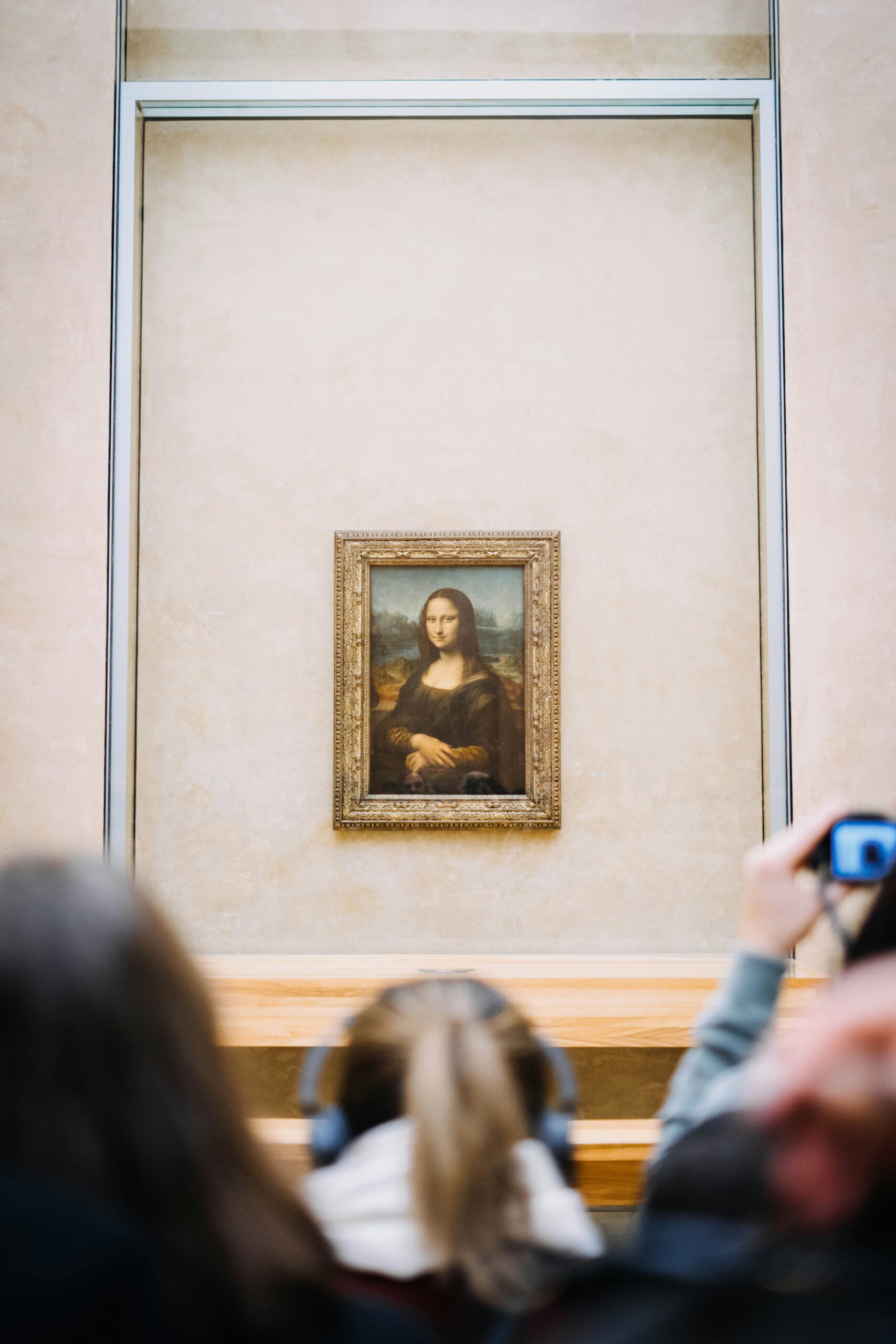April is a time of new encounters – so why not take this opportunity to rediscover the world of art? This month, we are turning our attention to introductory reads. Art can be approached from various angles, but for many, contemporary art particularly remains puzzling. With that, we are introducing two thoughtfully chosen titles: one that helps guide you through the complexities of contemporary art and another that introduces you to an unique perspective on art history.
What Is Contemporary Art? / Tetsuya Ozaki (Kawade Shobo Shinsha)

From: Kawade Shobo Shinsha official website
Though there are many books that challenge to explain contemporary art, not many offer such a detailed look at the underlying concepts and debates, as well as what really shapes the ‘art world’. This book just does that. With the big question of “who really rules the world of contemporary art?”, it deftly reveals the energy, structures and invisible hands that shape the current art scenes. For those who are curious to dig deeper to gain more perspectives in the world of contemporary art, the Palme d’Or–winning film The Square by Ruben Östlund—an incisive satire of the contemporary art world—and Hiroki Yamamoto’s A History of Contemporary Art would make excellent companion reads, further enriching the insights into the theme.
Revised Edition: Essentials of Western and Japanese Art History – Official Textbook for the Art Certification Exam Levels 1, 2, and 3 / the Art Certification Exam Committee (Bijutsu Shuppan-sha)

From Bijutsu Shuppan-sha official website
Here’s something a little off the beaten path: the official textbook for the “Bijutsu Kantei” (Art Certification Exam), an examination organized by Japan’s Art Certification Association to assess knowledge of art and cultural literacy around it. While it is designed as a study guide, this book is more than perfect as a solid introductory read to art. Rich in illustrations and wide in scope, this book covers key turning points in both Japanese and Western art history, making it ideal for those who are looking to grasp essential events across periods and art styles. Think of this like using a TOEIC vocabulary textbook to learn English – it may not be the most conventional, but who knows?! It may work …! It might be a bonus that you might even be tempted to take the exam yourself and challenge your growing knowledge.
Wishing you a week full of inspiration and discovery – see you next week in the world of art!







